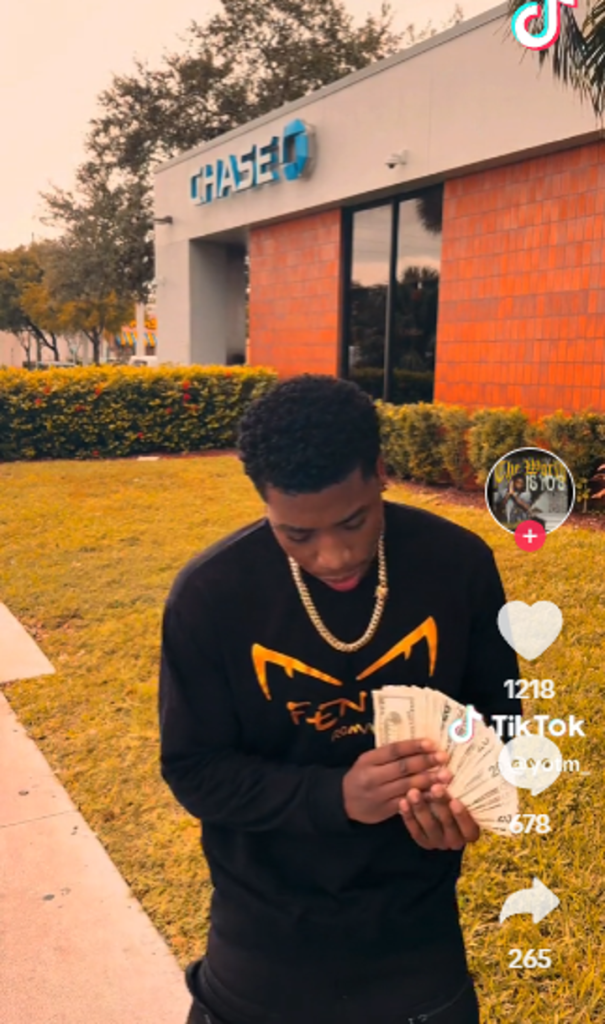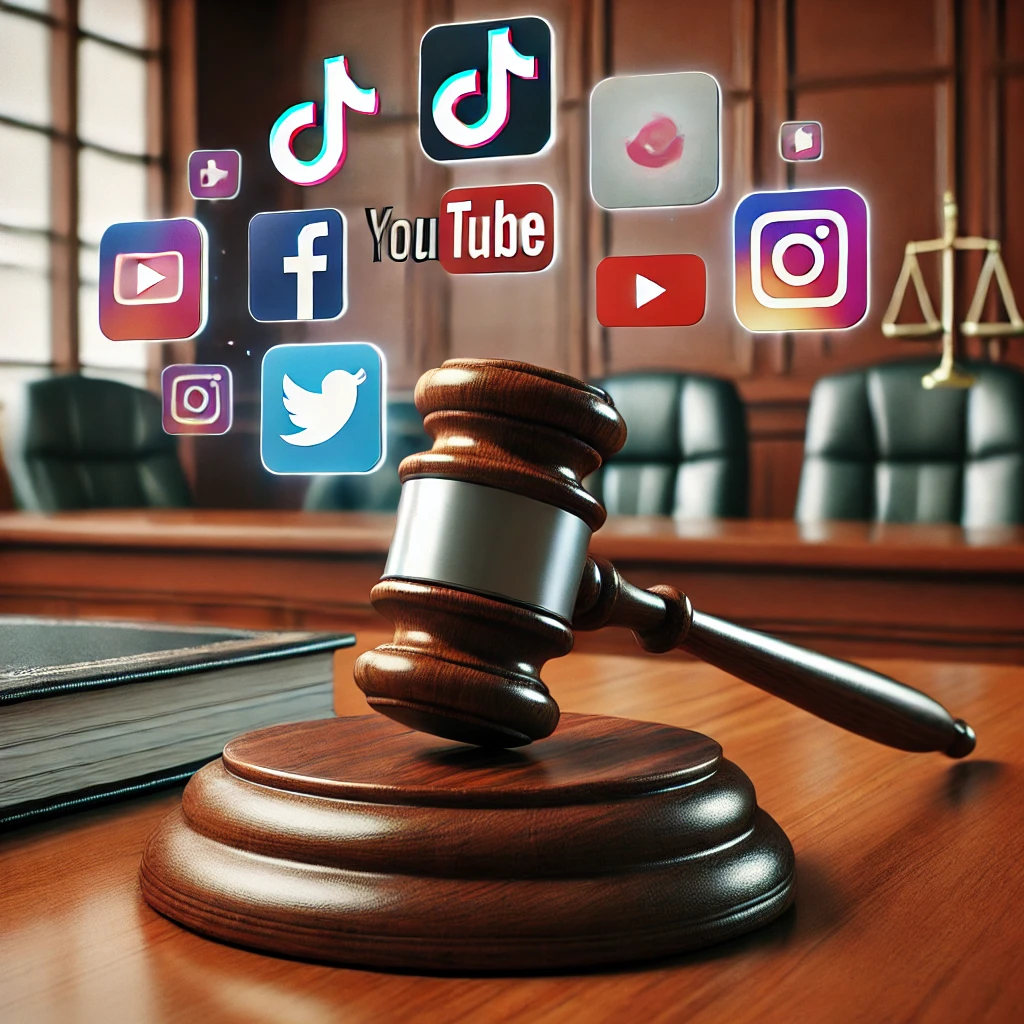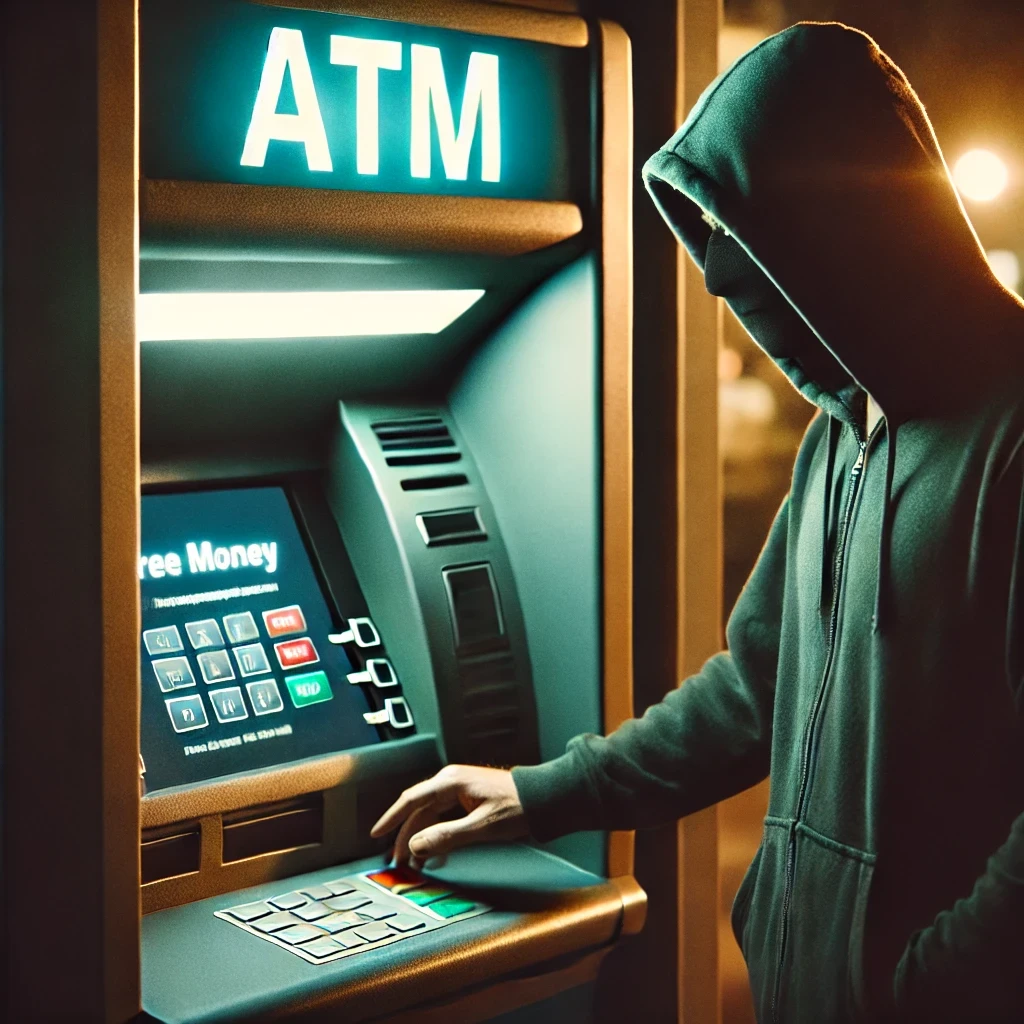In recent months, several customers of JPMorgan Chase found themselves facing legal actions after attempting to capitalize on a technical malfunction in the bank’s ATM systems. This malfunction, widely shared across social media platforms like TikTok, misleadingly suggested that users could benefit from what was termed the “infinite money glitch.”

The Glitch and Its Exploitation During a period over the summer, some Chase customers engaged in what appeared to be an effortless money-making loophole by depositing counterfeit checks and withdrawing cash before these checks were returned as fraudulent. This exploit resulted in substantial financial losses for the bank and led to at least four federal lawsuits being filed against the perpetrators, including a notable case in Houston where a customer withdrew over $290,000.

Social Media’s Role in the Spread The glitch gained notoriety primarily through TikTok, where users shared videos celebrating their exploitation of the bank’s system. Despite the viral nature of these posts, JPMorgan Chase was quick to clarify the situation, labeling the act of depositing fraudulent checks and then withdrawing funds as straightforward fraud.

Legal Consequences and Bank’s Response As of Monday, Chase has initiated legal proceedings in cities like Los Angeles, Houston, and Miami, targeting individuals involved in the fraud. The collective amount involved in these cases exceeds $661,000, with one individual alone responsible for nearly half of this sum following a deposit of a counterfeit check worth $335,000.

Looking Ahead As digital platforms continue to influence behaviors, this incident serves as a stark reminder of the legal boundaries that exist, regardless of the perceived anonymity or harmlessness of online actions. Users are advised to critically assess the legality of what they view on social media, particularly when it involves financial transactions or manipulations. Ignorance is not an excuse and following the latest trains could end you up in prison.





